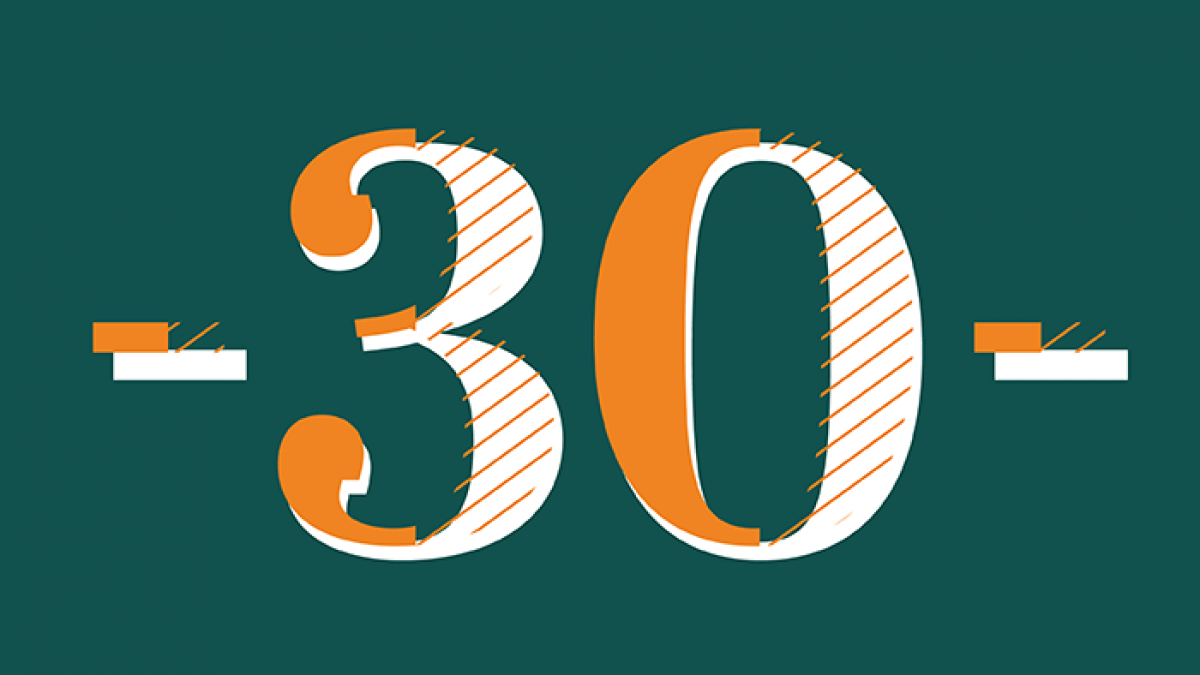Note: This blog was updated December 2024.
Even in 2025, it’s common to see press releases end with the string “-30-“? Why is this, and what does it mean?
In short, -30- means “the end.” It’s used to indicate that a press release doesn’t continue, particularly at a page break.
But how did this come to be? Why a random number with two hyphens?

Why Do Press Releases End with -30-?
The History of -30-
-30- (pronounced “dash thirty dash”) is a throwback to the 19th Century. It likely dates to the glory days of the telegraph around the American Civil War.
The number 30 was used as the shorthand for “end” or “no more” in Western Union’s “92 Code,” produced in 1859. This set of guidelines was meant to reduce bandwidth over increasingly busy telegraph lines.
In addition to using “30” for “the end,” a telegraph operator could use shortcuts like:
- 2 for “very important”
- 14 for “what’s the weather”
- 29 for “private, deliver in sealed envelope”
- 88 for “love and kisses”
The 1864 Wood’s Telegraphic Numerals also uses the number 30 as shorthand for “end.” By this point, the code was well established. It continued to be in other telegraph and radio brevity codes.
Why Do Press Releases End with -30-?
In short, reporters love to use archaic constructions like -30-. It’s a bit of an inside joke to speak in terms of:
- “sted,” for “instead of”
- “graf,” sted “paragraph”
-30- has weaved its way into the journalistic lexicon. And as such, it’s become part of the PR professional’s toolbox. That’s why you’ll often see it at the close of press releases, indicating that it’s over.
Why Do Press Releases End with -30-?
-30- isn’t the only way PR professionals close press releases. Other common options include:
- ###
- END
- -END-
- XXX
If a release continues onto a second page, it’s common to use “Continued” or “Continues” to tip the reader off.
Either way, the point of expressions like -30- is too add clarity for the recipient without adding extra words.
-30-



